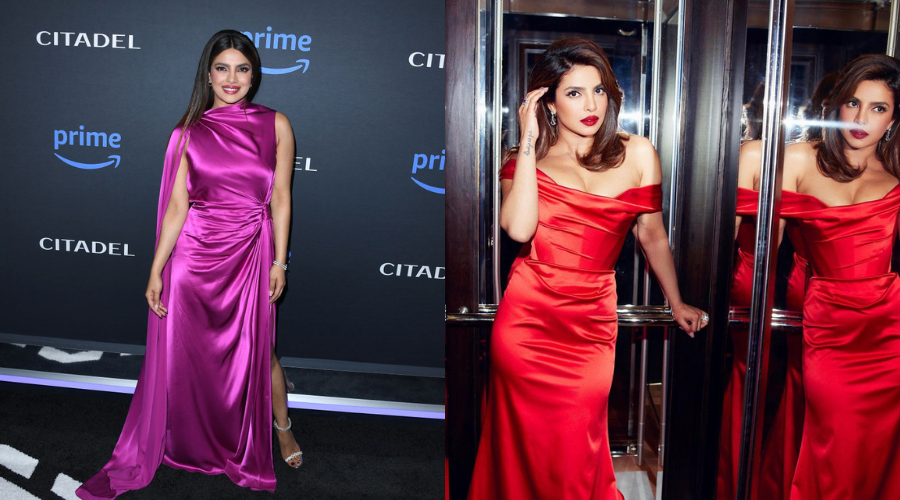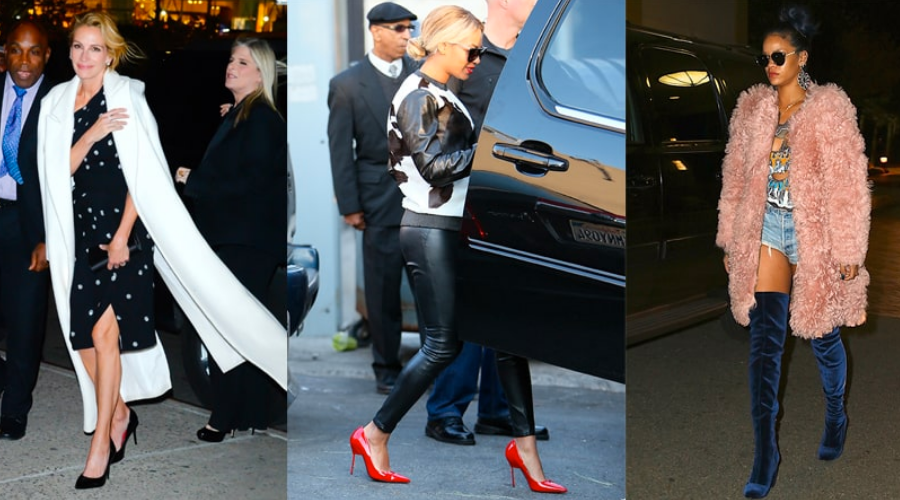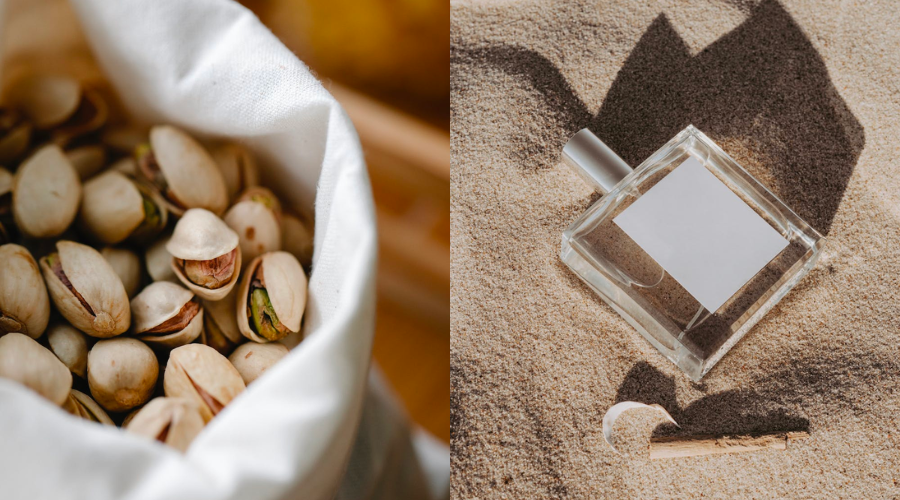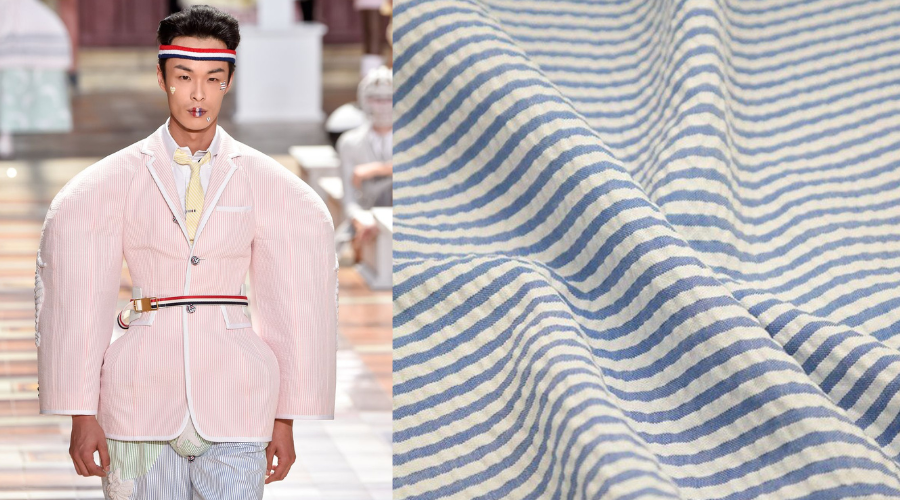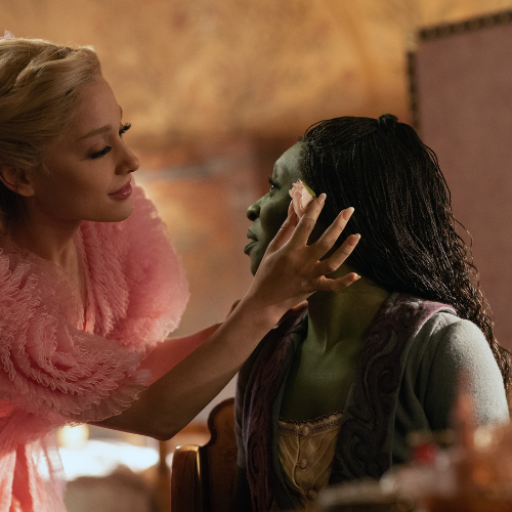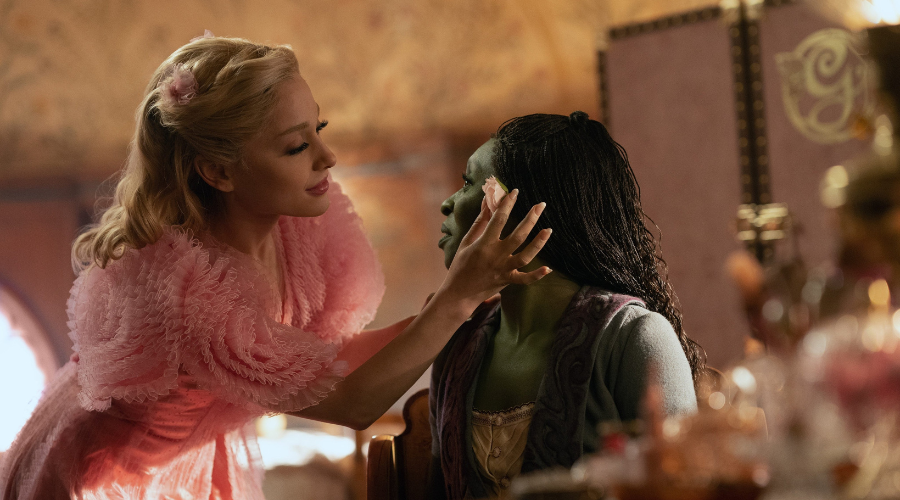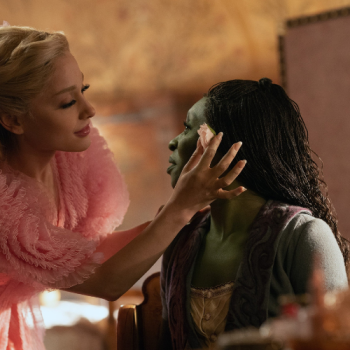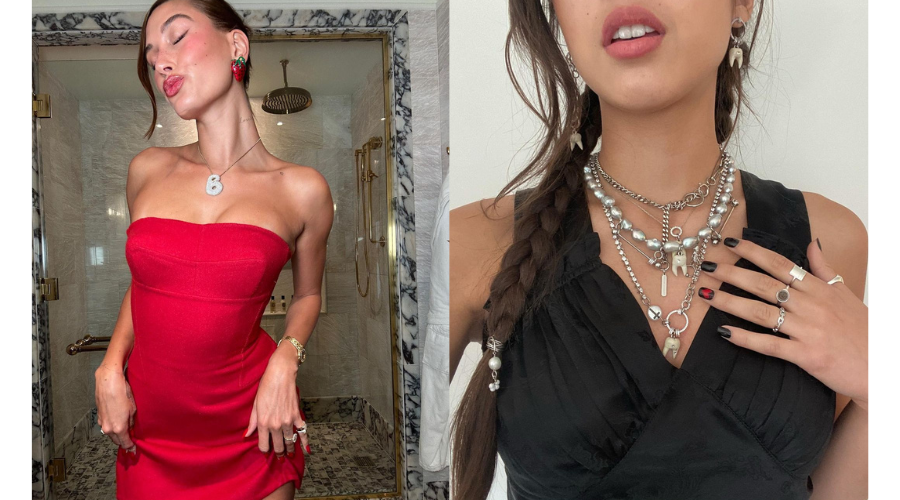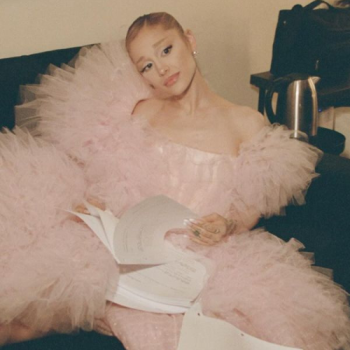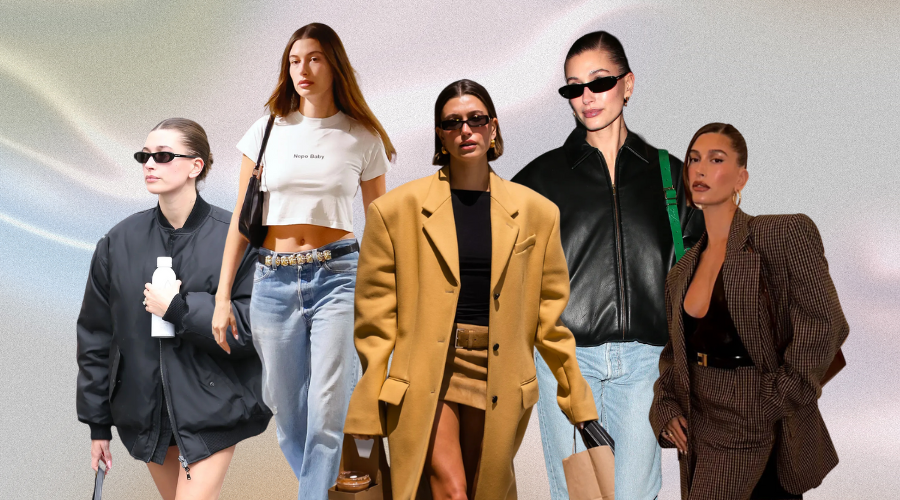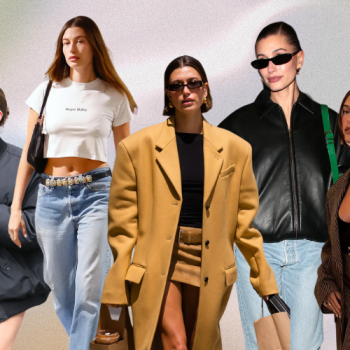Sucker punch – that sudden jab you get after dissing Barbie in lieu of deeming Greta Gerwig as one of the greatest film makers of our time? Yeah that. Sheer dress – favoured sartorial territory by the Kardashians. Yes, you know exactly what I’m talking about. Okay, now onto seersucker. The act of throwing punches in the air whilst wearing your sexiest see-through top? Ermm….that’s not how it works.
Time to dissect this term. Seersucker is the stylishly rumpled fabric you see in advertorials putting the luxe life on display – a bunch of privileged men dressed in striped 3-piece suits, glass of rosé in hand. It runs congruent to the quiet luxury mandate owing to its understated, easy to blend in make.
Origins of Seersucker
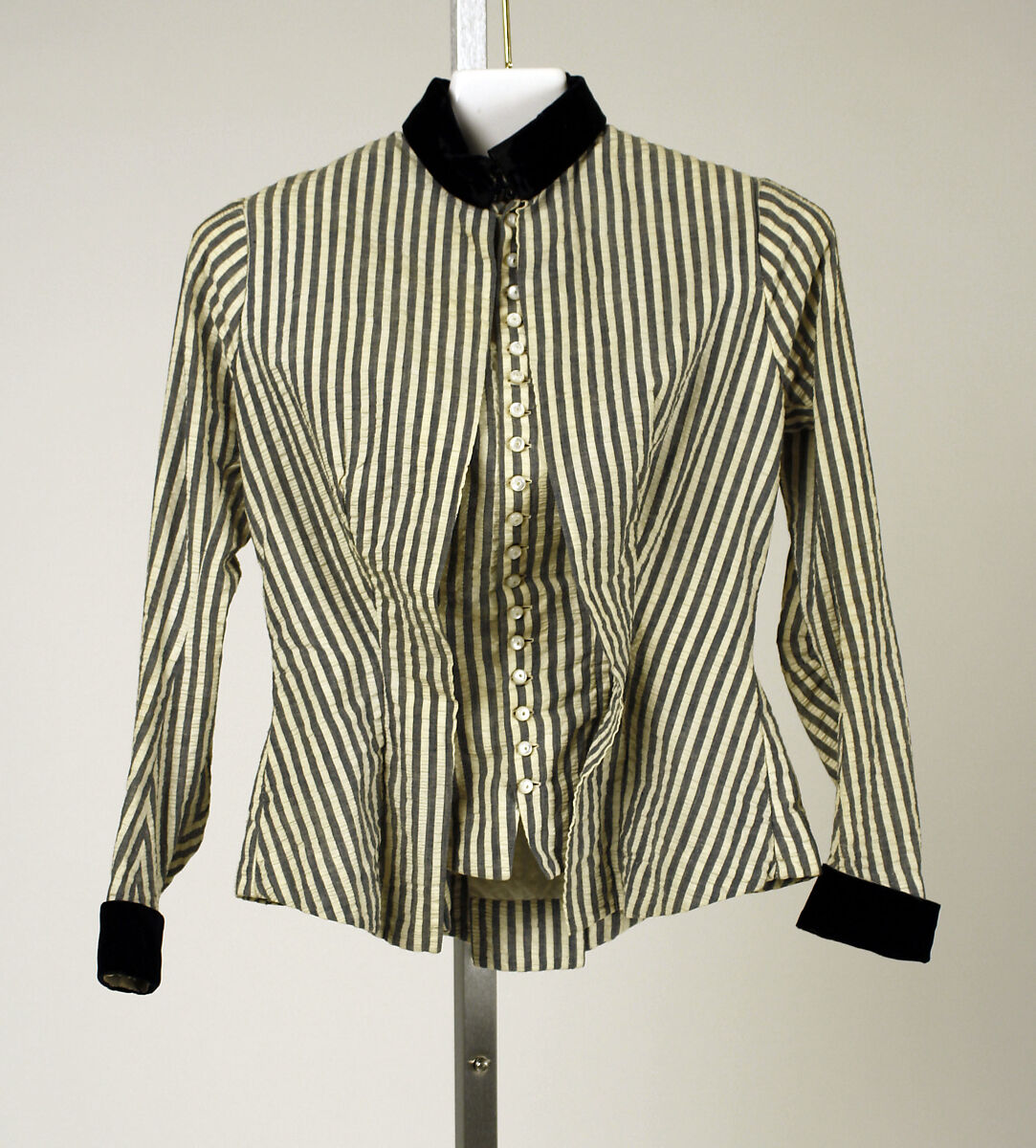
The fabric’s original name in Persian was shir o shakkar, which translates to ‘milk and sugar’ and describes the distinctive stripes and crinkled surface of the material. Although its precise origins are unclear, the Mughal period in the Indian Subcontinent is likely where seersucker as a fabric gained popularity. The material was well-known and favoured in the 18th century since it was so breathable, sturdy, and simple to clean.
Later, it became Anglicised and was thereby, referred to as ‘seersucker’ when the East India Company started bringing it back to Great Britain and many other Eastern fabrics for domestic use as well as for re-export elsewhere, particularly to the American colonies.
In High Fashion
Cecile Bahnsen
Known for experimenting with the crinkled fabric, Cecile Bahnsen shows how it’s done minus the stripes. Yes, the fabric isn’t always overlaid with the pinstripe detail to everyone’s surprise, despite being synonymous with the former. Cecile’s ingenious usage of seersucker in her ethereal and voluminous silhouettes lends a new meaning to it altogether.

Thom Browne
Never seen a Browne collection without copious amounts of the fabric being utilised and how. Partial to the striped version of the puckered fabric, the American designers lends a new-age spin to seersucker’s otherwise muted sensibilities as interpreted by the men down South.
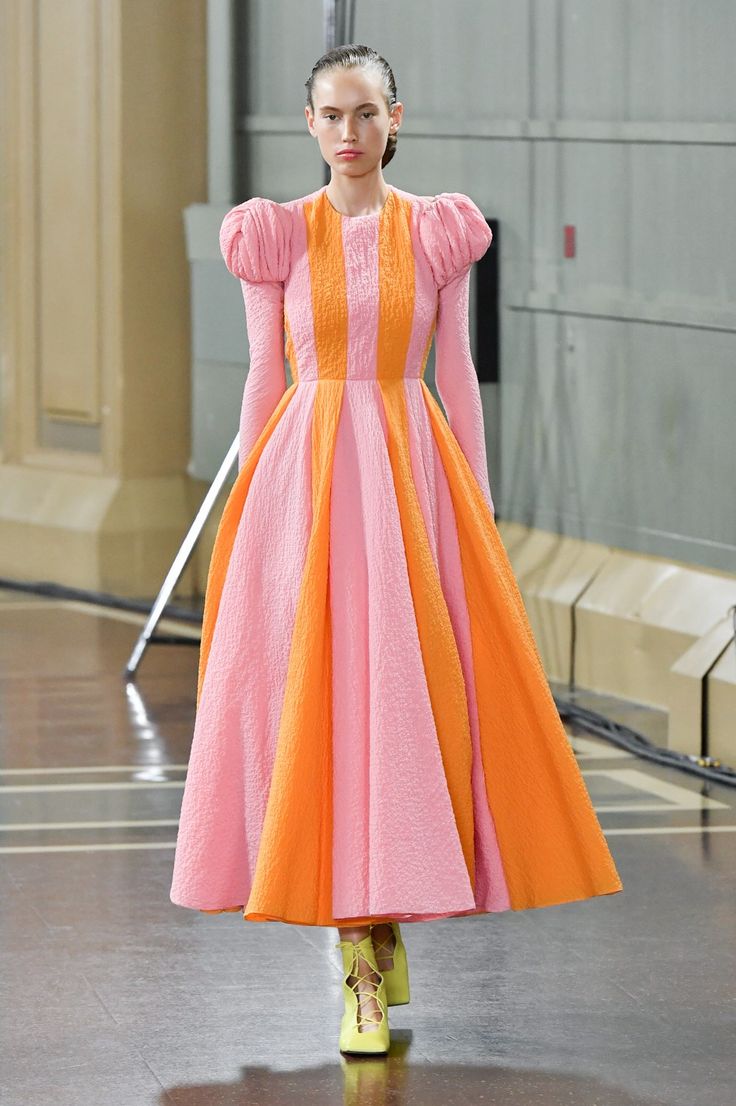
Emilia Wickstead
Originating from New Zealand, designer Emilia Wickstead – the royals’ go-to fashion messiah experiments a lot on these grounds and sticks to her modest and luxe aesthetic rooted in quiet luxury.
Mass Appeal

Before preppy undergraduate students started donning it in the 1920s with an air of reverse snobbery, the fabric was primarily worn by the poor in the United States. Due to a resurgence in interest in preppy attire and the 1920s design shown in the 2013 film adaptation of The Great Gatsby, seersucker blazers and trousers started to become popular again, among American men starting in 2012.
With ELLECyclopedia, we aim to demystify terms from the world of fashion, beauty and pop culture. If such deep dives pique your interest, stay tuned as we’re exploring the origins of many such interesting words. In the meantime, you can also read about the ‘leg of mutton.’ Ever heard of it in a fashion context? Tap here to read all about it.


